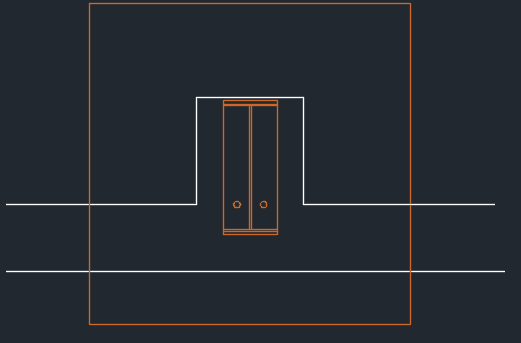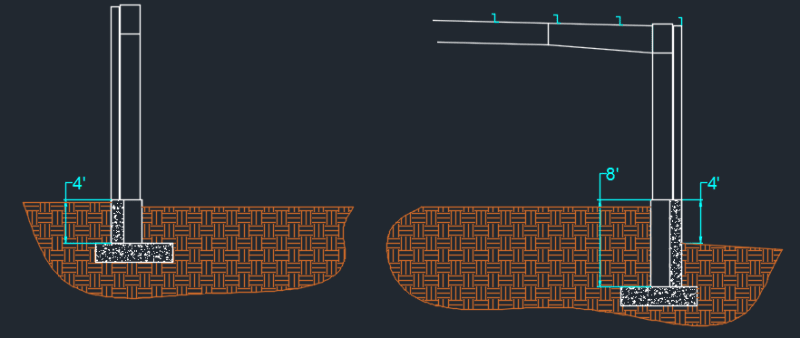Hi,
We are working on the old steel building with no original prints available. After contractor removed the old slab, there were hairpin rebars wrapped around column pedestals. I understand their purpose is to provide "some" lateral resistance. Anyone had previous experience with those being damaged/removed and any adverse affects on the structure? How useful are those anyway? It's not like they are going to tie 2 sides of the moment frame together. Control joint are typically cut into interior slabs, so hairpins will rarely tie into more than 1 tile, and sometimes joint are cut right through that rebar. Also, slabs are typically poured last, so those are definitely not helping with any dead weight. I am thinking that single slab tile would add a negligible lateral resistance in comparison to that of the buried spread footing/column pedestal/wall footing.
Any input is highly appreciated!
We are working on the old steel building with no original prints available. After contractor removed the old slab, there were hairpin rebars wrapped around column pedestals. I understand their purpose is to provide "some" lateral resistance. Anyone had previous experience with those being damaged/removed and any adverse affects on the structure? How useful are those anyway? It's not like they are going to tie 2 sides of the moment frame together. Control joint are typically cut into interior slabs, so hairpins will rarely tie into more than 1 tile, and sometimes joint are cut right through that rebar. Also, slabs are typically poured last, so those are definitely not helping with any dead weight. I am thinking that single slab tile would add a negligible lateral resistance in comparison to that of the buried spread footing/column pedestal/wall footing.
Any input is highly appreciated!



